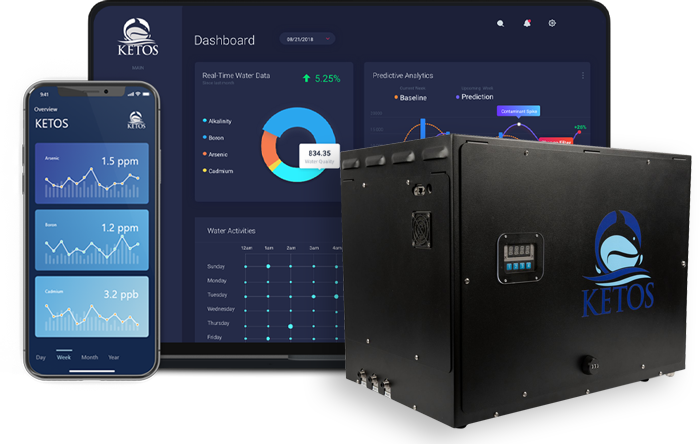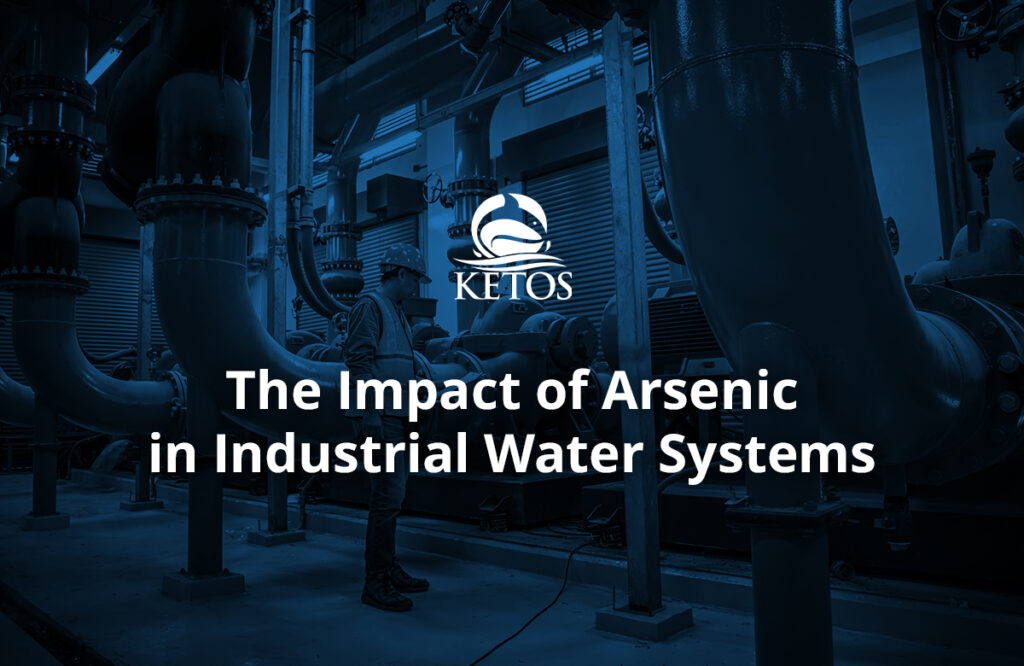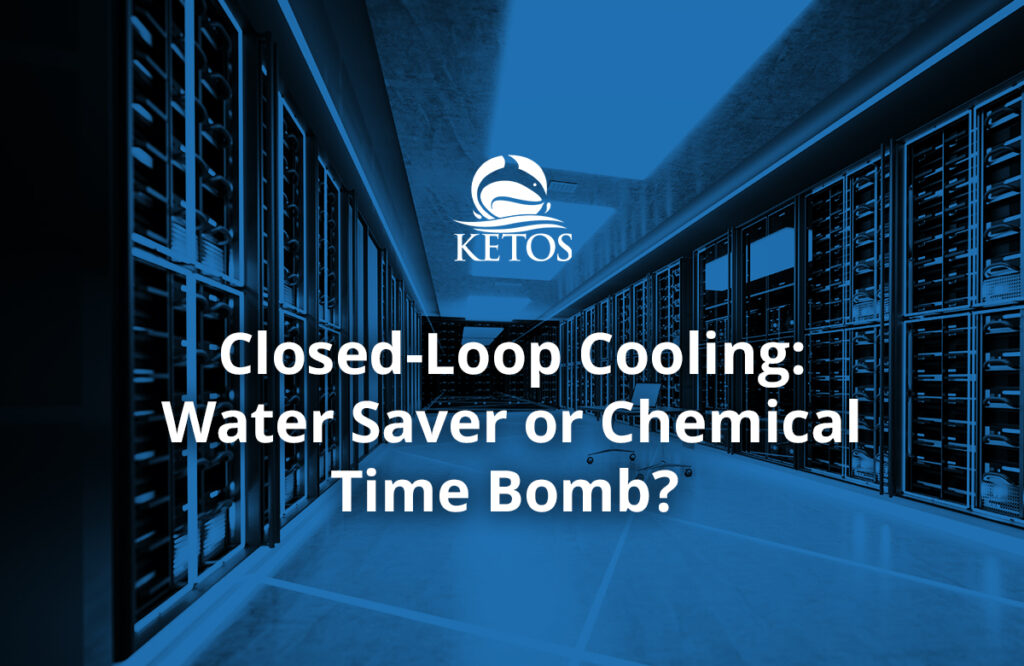Detention time is a fundamental concept in water purification, defining how long water remains within a treatment system to achieve effective processing. Whether in a tank, filter, or basin, this holding time determines the efficiency of critical treatment steps such as chemical reactions, sedimentation, and filtration.
There are different types of detention time, each serving specific purposes in the purification process. Contact time focuses on how long water interacts with adsorbents or filter materials, ensuring contaminants are captured effectively. Flocculation time, on the other hand, measures how long water interacts with flocculants, which bind suspended particles, enhancing their removal. These parameters are key to achieving high-quality water treatment outcomes.
Understanding Detention Time in Water Purification
Detention time is vital to the water purification process. It determines how long water remains in a treatment system such as a tank, basin, or filter before it is discharged. How long water is held allows critical processes like chemical reactions, sedimentation, and biological activity to occur, ensuring the effective removal of contaminants and improving water quality.
Striking the right balance is critical for this process. Insufficient detention time can lead to incomplete treatment, while excessive time may cause bacterial regrowth or operational inefficiencies. Typical detention times vary based on the treatment method, ranging from two to three hours in sedimentation tanks to several hours in biological systems. This highlights the importance of precise calculations and ongoing monitoring to adapt to varying conditions.
Importance of Detention Time
Detention time plays a vital role in ensuring water treatment systems function effectively. It governs how long water interacts with treatment processes, directly impacting the removal of contaminants and the quality of treated water. By managing detention time properly, treatment systems can achieve optimal efficiency while maintaining compliance with safety standards.
Several key mechanisms in water treatment rely on adequate detention time to perform effectively:
- Chemical Reactions: Ensures sufficient time for coagulation and flocculation, aiding the removal of contaminants like ammonia and phosphates.
- Biological Processes: Supports nutrient removal in biological treatments, with times like 11 hours significantly reducing COD, ammonia, and phosphate levels.
- Sedimentation: Allows solids to settle efficiently in sedimentation tanks, typically requiring 2 to 3 hours for effective clarification.
Calculating Detention Time
Detention time serves as a key metric in water treatment, determining how long water remains in a system to undergo necessary processes. By understanding and calculating detention time, operators can optimize system performance and ensure effective contaminant removal. This calculation is essential for designing treatment systems that meet operational goals and adhere to regulatory standards. However, it is important to account for factors such as flow variability and tank design, which can influence actual detention times.
The formula for calculating detention time is straightforward and provides a theoretical estimate:
Detention Time (minutes) = Volume of Tank (gallons) ÷ Flow Rate (gallons per minute)
For example, a tank with a volume of 100 gallons and a flow rate of 2 gallons per minute has a detention time of 50 minutes. While this calculation is a useful starting point, actual results may vary due to factors like short-circuiting, dead zones, or uneven flow distribution within the system.
Impact on Water Quality
Detention time is a critical parameter that directly influences the effectiveness of water treatment processes. It determines the extent of interaction between water and treatment materials, ensuring that contaminants are adequately removed. Achieving the right detention time is essential for maintaining water quality, as both insufficient and excessive detention times can lead to significant challenges. Optimizing this parameter not only enhances the performance of treatment systems but also supports compliance with safety standards.
When detention time is properly managed, it has the following impacts on water quality:
- Enhances contaminant removal: Provides sufficient time for thorough interactions between water and treatment materials, improving the efficiency of contaminant removal processes.
- Avoids inadequate treatment: Prevents issues like lower removal rates of COD and nutrients that could compromise the quality of treated water.
- Minimizes risks of over-treatment: Reduces problems associated with excessive detention time, such as bacterial regrowth, taste or odor issues, and higher operational costs due to larger facility requirements.
Detention Time and Water Risk Assessment
Water risk assessment involves evaluating potential hazards in water systems to ensure compliance with safety standards. Detention time is a critical variable in these assessments. Inadequate detention times may lead to insufficient disinfection and incomplete contaminant removal, posing significant risks to public health.
Advanced monitoring systems and predictive analytics can help maintain optimal detention times, supporting effective risk management and regulatory compliance.
The Role of Water Testing Labs
Water testing labs are vital for validating the effectiveness of treatment processes by analyzing water samples for contaminants such as heavy metals, pathogens, and chemical residues. These tests provide operators with critical data to adjust detention times and other parameters, ensuring optimal purification and compliance with safety standards. By identifying issues early, labs enable timely corrections that prevent risks and maintain consistent water quality.
High-precision testing techniques, such as spectrometry and microbiological assays, allow labs to detect even trace contaminants, enhancing the reliability of water treatment systems. Beyond immediate problem-solving, labs offer insights into long-term water quality trends, guiding operators in improving treatment strategies and achieving more efficient, sustainable operations.
Challenges and Optimization of Detention Time
Detention time is a critical factor in water treatment, but achieving the ideal duration is not without its challenges. Factors such as fluctuating flow rates, varying water quality, and system design complexities can make it difficult to maintain optimal detention times. Inadequate detention time can lead to incomplete treatment, while excessive detention time may result in operational inefficiencies or unintended side effects. To overcome these challenges, careful planning, advanced monitoring tools, and automation are essential to ensure systems perform at their best.
Key considerations for optimizing detention time include:
- Longer detention times enhance sedimentation, flocculation, and disinfection but can cause bacterial growth or taste and odor issues if too long.
- Prolonged detention times often require larger facilities, increasing both construction and operational costs.
- Each treatment stage requires specific detention times, which monitoring and automation can help maintain for consistent efficiency.
KETOS Solutions for Detention Time Optimization
Water detention time is key to achieving effective purification, and KETOS provides the tools to manage it with precision. By integrating advanced hardware, intuitive software, and predictive analytics, KETOS empowers your team to maintain control over water treatment processes while ensuring compliance and efficiency.
Our innovative solutions are designed to address the challenges of detention time management and deliver measurable results:
- KETOS SHIELD provides lab-accurate data on over 30 parameters, including heavy metals like lead and mercury, to keep your water safe and compliant.
- Real-time insights empower your team to optimize detention times and resolve issues before they impact operations.
- With our $0 CAPEX model, you benefit from unlimited testing, automated reporting, and seamless integration into your existing systems.
- Designed for industries such as agriculture, industrial processes, and municipalities, KETOS ensures consistent water quality and operational reliability.
Take your water treatment management to the next level. Contact us today to request a demo and see how KETOS can help you optimize detention times, streamline operations, and maintain water safety with confidence.
